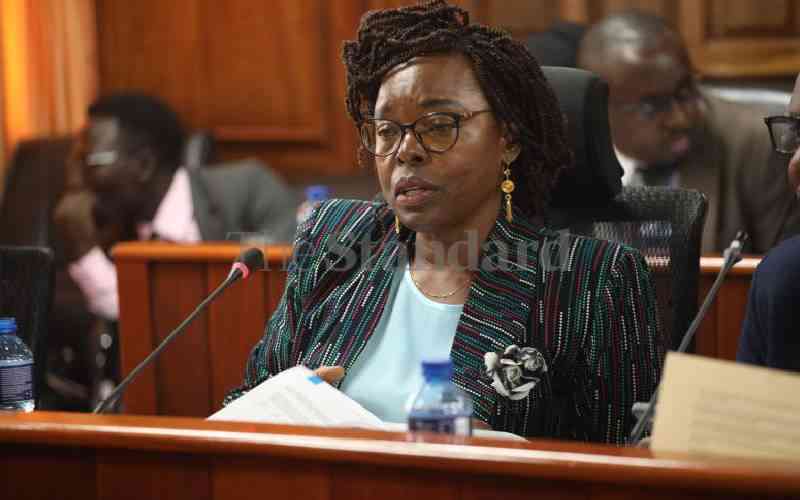Small-scale farmers in Kenya continue to lose billions of shillings in earnings, and stay trapped in poverty cycles as the Government cuts budgetary support for the agricultural sector.
A new study indicates that the Government’s financial support for the agricultural sector is shrinking, and inadequate to achieve the country’s goals of food security or poverty reduction.
“Out of a Sh1.6 trillion budget in the last financial year, only Sh47 billion ? representing less than 3 per cent ? was allocated to food and nutritional security,” says Mr Alexander Owino, a financial sector analyst and agriculture policy expert.
The report that looks at spending in agriculture, spanning several years, indicates the figures have been falling in the past 15 years, contributing largely to systemic failure of the country’s economic pillar.
In the 2017-2018 financial year, Treasury allocated Sh41 billion directly to the agricultural sector, with Sh12.2 billion allocated for crop development, Sh13.1 billion for irrigation and Sh9.6 billion for livestock development. Another Sh2.9 billion went to fisheries, with Sh3.9 billion going into administration and support services.
This allocation has been considered negligible in helping improve food security.
Falls short
The Government has consistently played up support for various segments of the agricultural sector over the years, but falls short of addressing the same through budgetary support.
Earlier this year, Treasury Cabinet Secretary Henry Rotich stated that the Government had prioritised policies aimed at cushioning the agriculture sector and ensuring food security over the next three years.
“The focus will be redesigning subsidies to ensure they target improvements in food yields and production quality; facilitating large-scale commercial agriculture to help diversify staples; addressing arable land ownership and utilisation; expansion of irrigation schemes and securing water towers and river ecosystems,” he explained.
Data from projected budget estimates for the next three years, however, indicates a continued trend in allocation with agriculture spending peaking at 2.4 per cent of total expenditure over the next three years.
“Lip service and business as usual in food security are no longer an option if we want to remove Kenya from the world hunger map,” explained Ms Layla Liebetrau, project head at Route to Food, the organisation that developed the study.
The need for more budgetary allocation has been heightened by cases of extreme drought and floods expected to increase in frequency and intensity in the coming year.
“Our current resource allocation to the agricultural sector does not match the scale of lack of food experienced in the country and there is a need to re-look key policies in the sector,” said Mr Owino.
Stay informed. Subscribe to our newsletter
 The Standard Group Plc is a
multi-media organization with investments in media platforms spanning newspaper
print operations, television, radio broadcasting, digital and online services. The
Standard Group is recognized as a leading multi-media house in Kenya with a key
influence in matters of national and international interest.
The Standard Group Plc is a
multi-media organization with investments in media platforms spanning newspaper
print operations, television, radio broadcasting, digital and online services. The
Standard Group is recognized as a leading multi-media house in Kenya with a key
influence in matters of national and international interest.
 The Standard Group Plc is a
multi-media organization with investments in media platforms spanning newspaper
print operations, television, radio broadcasting, digital and online services. The
Standard Group is recognized as a leading multi-media house in Kenya with a key
influence in matters of national and international interest.
The Standard Group Plc is a
multi-media organization with investments in media platforms spanning newspaper
print operations, television, radio broadcasting, digital and online services. The
Standard Group is recognized as a leading multi-media house in Kenya with a key
influence in matters of national and international interest.








